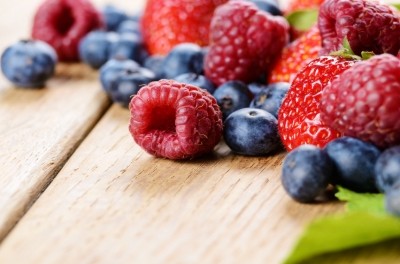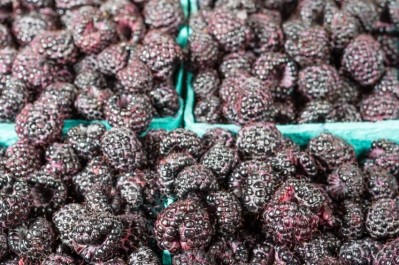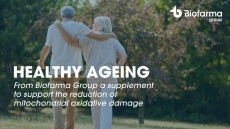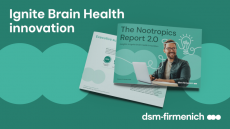New raspberry insights show bioavailability crucial for health benefits
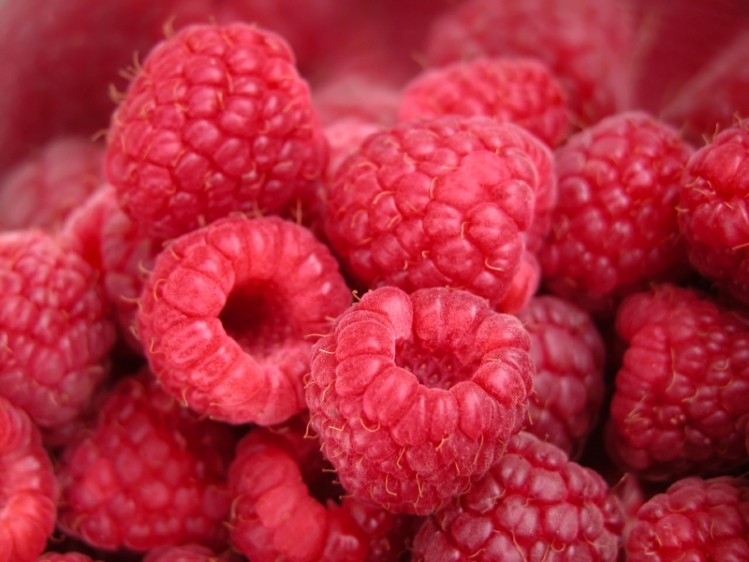
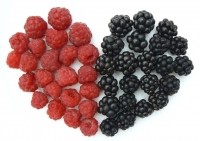
Raspberries have long been the subject of studies that have identified their health benefits. By isolating how the phytochemicals work at the molecular level, animal and cellular studies have pointed to their function in slowing age-related decline, which can also impact a person’s disease risk.
A growing body of research has also focused on how some phytochemicals may offer protection against certain cancers, heart disease, stroke, high blood pressure, cataracts, osteoporosis and other chronic health conditions.
Food scientists from Spain, Italy and the UK focused their research specifically on the bioavailability of raspberry anthocyanins and ellagitannins. The study sought to show how these phytochemicals were metabolised by the body once ingested.
Subjects consumed 300 g of raspberries, after which blood and urine samples were analysed over a 24-hour period.
Analysis of these samples showed a wide range of phytochemicals metabolites in the blood. Some of these metabolites peaked in the blood within 1-1.5 hours of ingestion. Others peaked at six hours and 24 hours after eating the raspberries.
Berry benefits
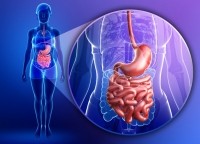
This latest research further illustrates the complex metabolism of raspberry phytochemicals and the location of absorption. The small intestine and the colon, plays a critical role in the bioavailability of both anthocyanins and ellagitannins.
“The information discovered in our research is of importance as it enables other investigators to test these metabolites in cell-based model systems relating to cardiovascular function, colonic health and various cancers, in order to determine the mode of action of the bioactive compounds,” said Dr Alan Crozier, lead researcher of the study and based at the Department of Nutrition at the University of California.
“This is critical to understanding the potential effects of raspberry consumption.”
Study limitations
While there is growing evidence linking consumption of these compounds with beneficial effects on human health, the mechanisms involved remain poorly understood because of a limited understanding of the absorption, disposition, metabolism and excretion (ADME) that is linked with ellagitannins and anthocyanins’ bioavailability.
“Anthocyanin bioactivity is likely to be the presence of their metabolites in the circulatory system rather than the compounds contained in the food.
"A similar explanation may also be applied to ellagitannins,” the researchers concluded.
The results show an extensive degradation of raspberry anthocyanins and ellagitannins as they pass through the body with a great variety of metabolites.
Unexpectedly, metabolism of anthocyanins appeared to start in the upper gastrointestinal tract, possibly triggered by a change in pH.
Previously, the formation of these compounds has been thought to be associated exclusively with the action of the colonic microflora.
Source: Free Radical Biology and Medicine
Published online ahead of print, doi:10.1016/j.freeradbiomed.2015.10.400
“New insights into the bioavailability of red raspberry anthocyanins and ellagitannins.”
Authors: Iziar A. Ludwig, Pedro Mena, Luca Calani, Gina Borges, Gema Pereira-Caro, Letizia Bresciani, Daniele Del Rio, Michael E.J. Lean, Alan Crozier
